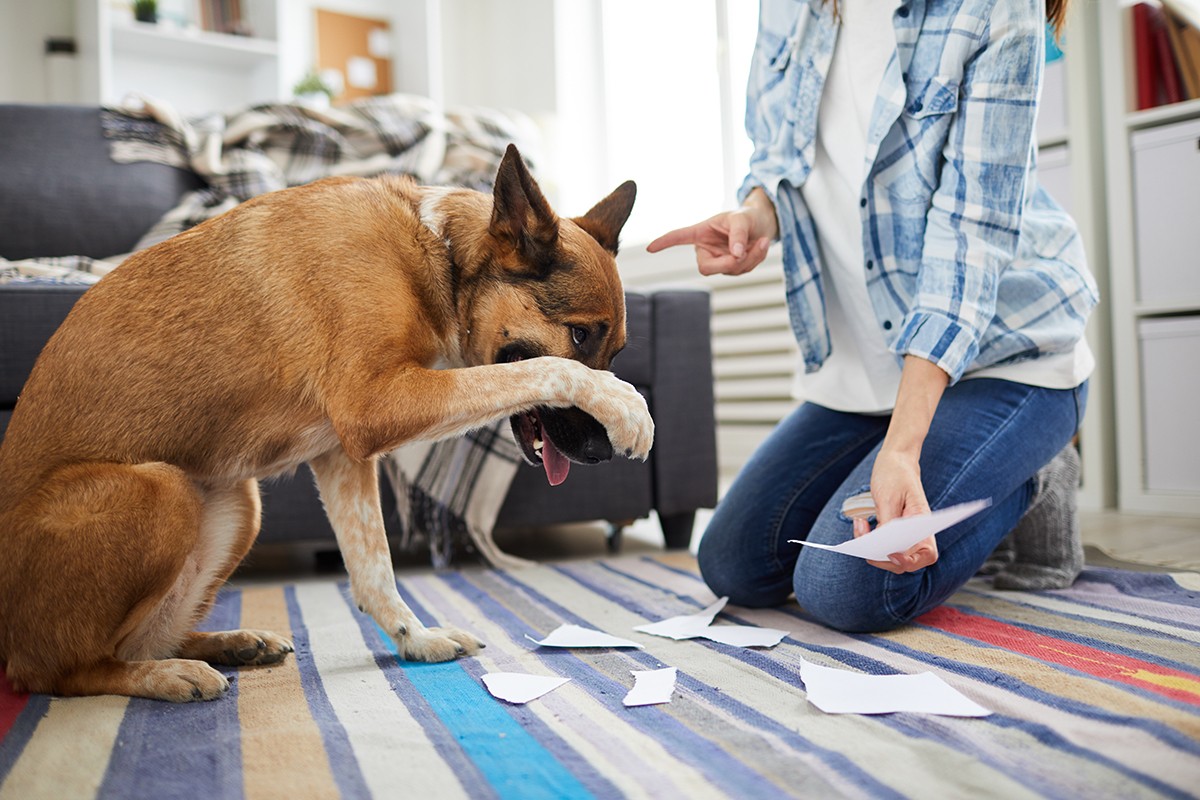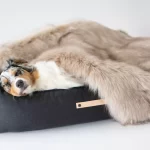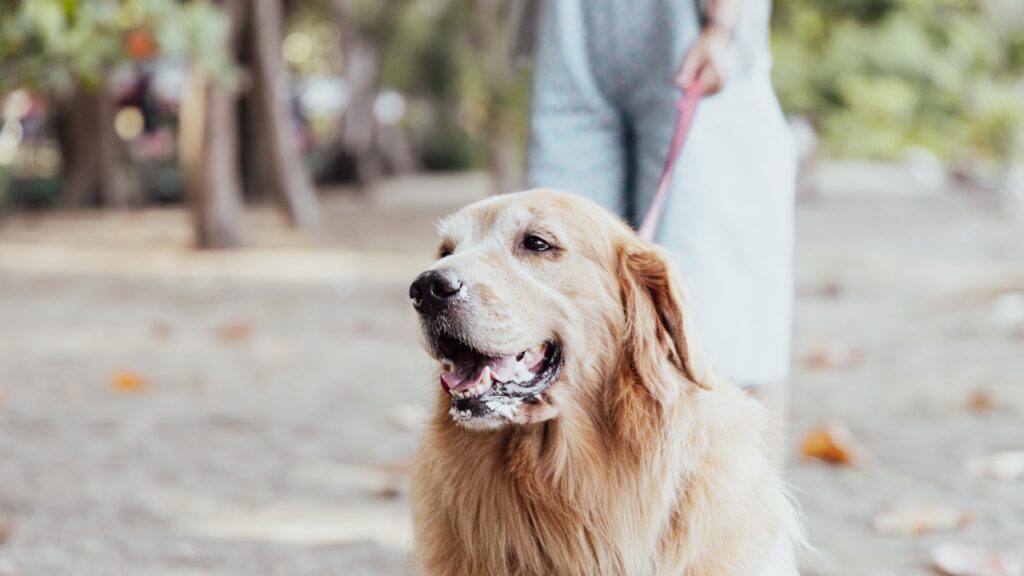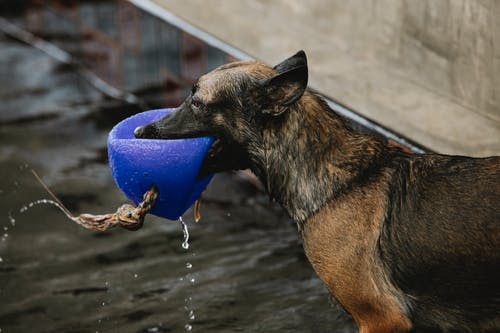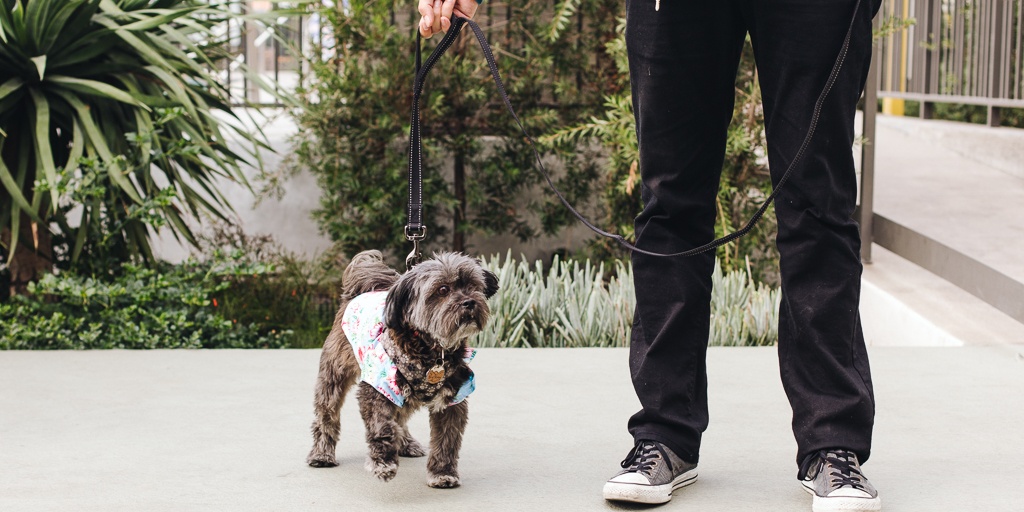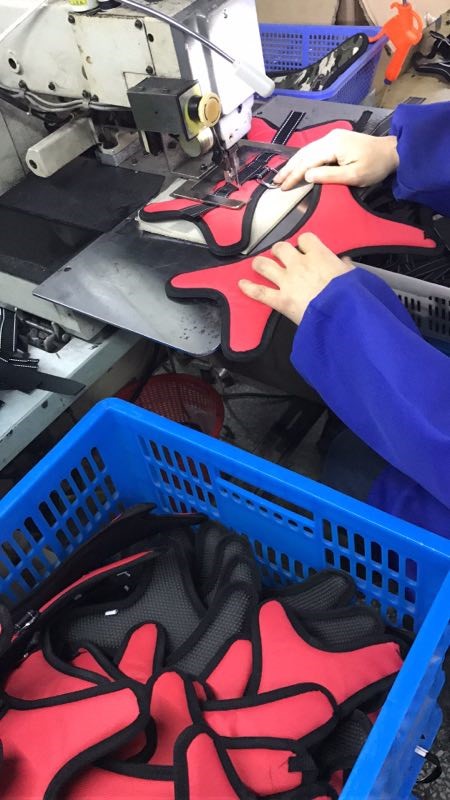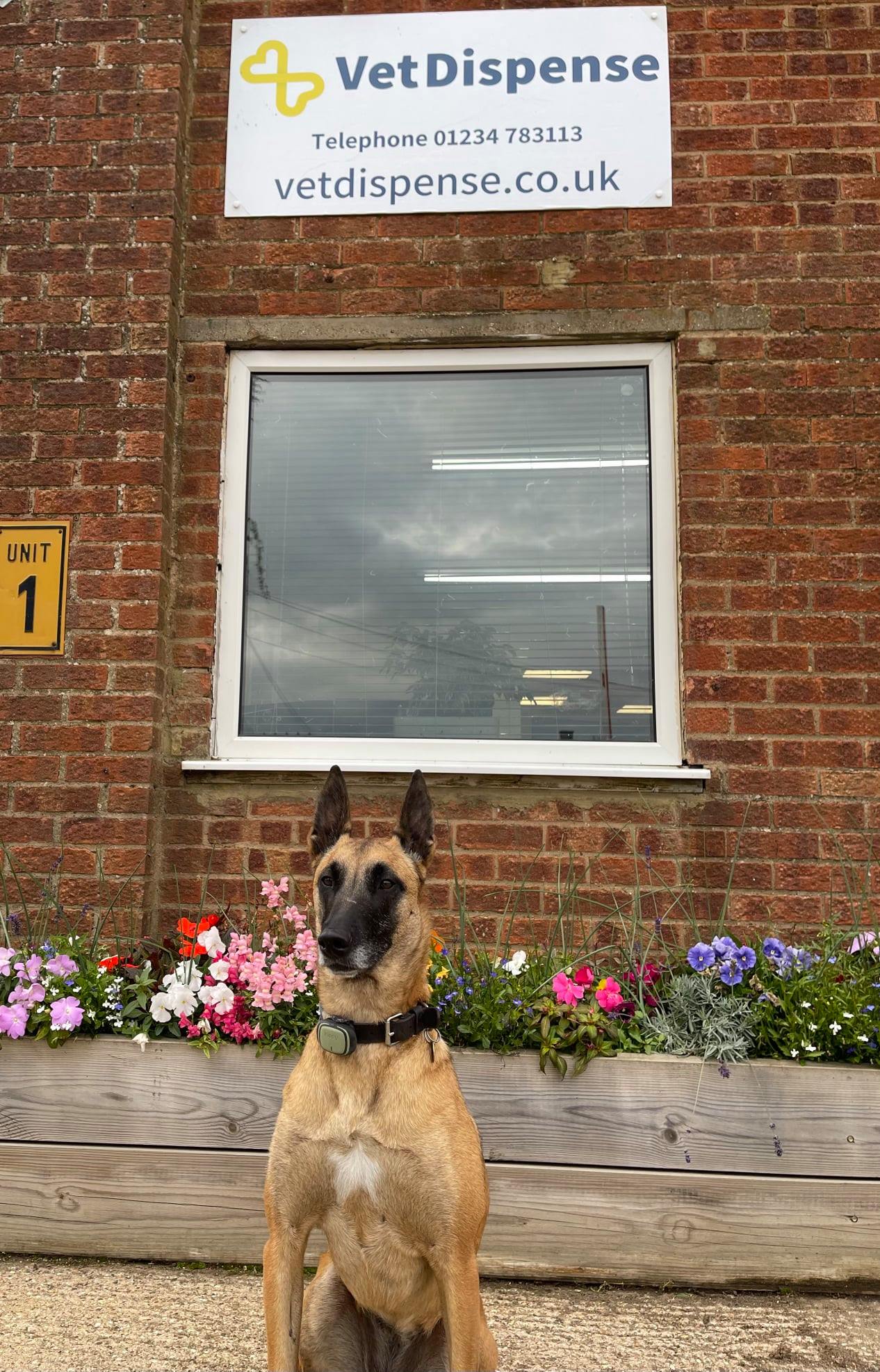Dogs are loving and loyal companions, but sometimes their behavior can be frustrating. From chewing furniture to excessive barking, bad habits can develop for various reasons, including boredom, anxiety, or lack of training. Here are the top five dog bad habits and how to fix them.
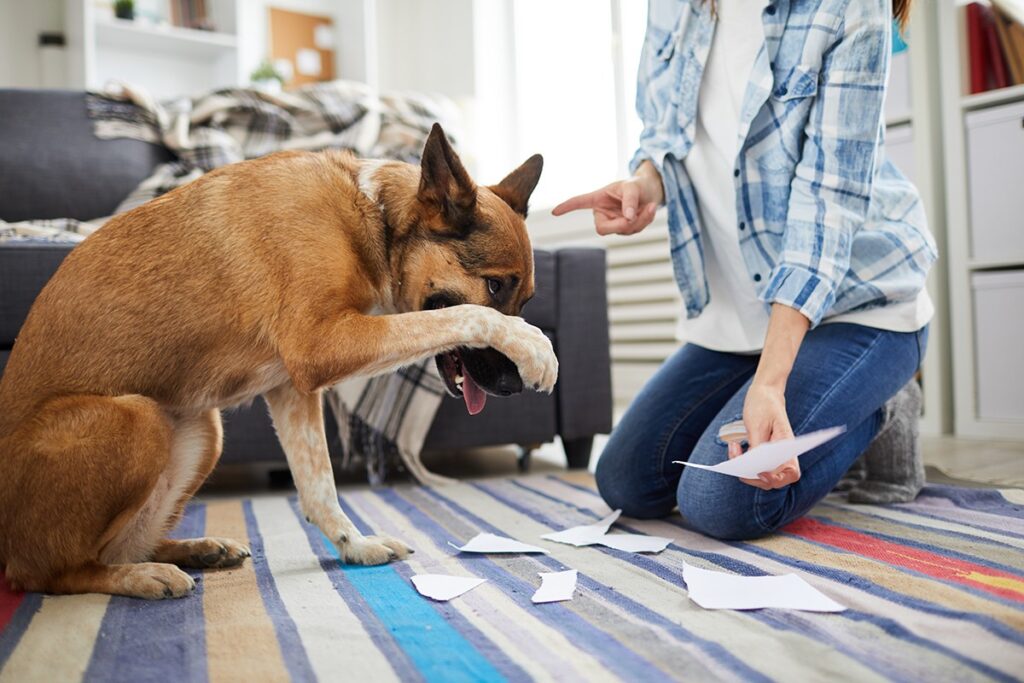
Content
1. Chewing on Furniture and Shoes
Dogs, especially puppies, chew to relieve teething pain or boredom. If your dog is destroying your belongings, redirect their behavior with appropriate chew toys. Provide durable chew toys or bones, and ensure they get plenty of exercise. Bitter-tasting sprays on furniture and shoes can also deter chewing.
2. Excessive Barking
Dogs bark to communicate, but excessive barking can be a nuisance. Identify the root cause—boredom, anxiety, or alertness—and address it accordingly. Provide mental stimulation with puzzle toys, exercise, and training. Teaching the “quiet” command with positive reinforcement can help control excessive barking.
3. Digging Up the Yard
Digging is a natural instinct for dogs, but it can ruin your yard. If your dog loves to dig, designate a digging spot with loose soil or sand and encourage them to use it. Ensuring your dog gets enough exercise and mental stimulation can also reduce unwanted digging.
4. Jumping on People
While jumping is often a sign of excitement, it can be problematic, especially with guests. Train your dog to sit when greeting people. Reward calm behavior with treats and attention while ignoring jumping to discourage it. Consistency from everyone in the household is key to stopping this habit.
5. Eating Poop
One of the most concerning habits dog owners face is coprophagia, or eating poop. There are several reasons why dogs eat poop, including nutritional deficiencies, boredom, or behavioral issues. To prevent this, ensure your dog has a well-balanced diet, clean up waste promptly, and provide engaging activities. You can also use deterrents that make feces unappealing to consume.
Final Thoughts
Bad habits in dogs can be frustrating, but with patience and the right training techniques, they can be corrected. Consistency, positive reinforcement, and understanding the root cause of the behavior are essential in helping your furry friend develop good habits. By addressing these common problems, you’ll create a happier and healthier environment for both you and your dog.

Ruth is all about pet style. She’ll help you and your furry friend turn heads with the latest trends in pet fashion.
